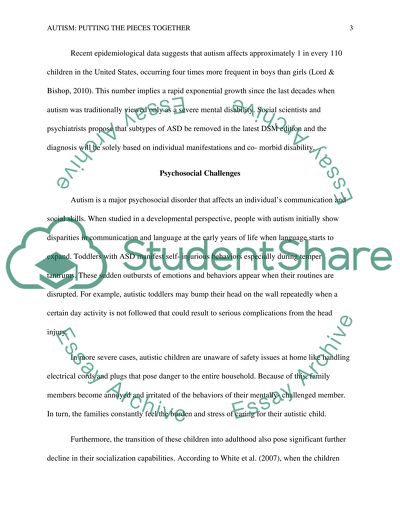Cite this document
(“The Current View On The Autism Essay Example | Topics and Well Written Essays - 2750 words”, n.d.)
Retrieved de https://studentshare.org/health-sciences-medicine/1391610-health
Retrieved de https://studentshare.org/health-sciences-medicine/1391610-health
(The Current View On The Autism Essay Example | Topics and Well Written Essays - 2750 Words)
https://studentshare.org/health-sciences-medicine/1391610-health.
https://studentshare.org/health-sciences-medicine/1391610-health.
“The Current View On The Autism Essay Example | Topics and Well Written Essays - 2750 Words”, n.d. https://studentshare.org/health-sciences-medicine/1391610-health.


